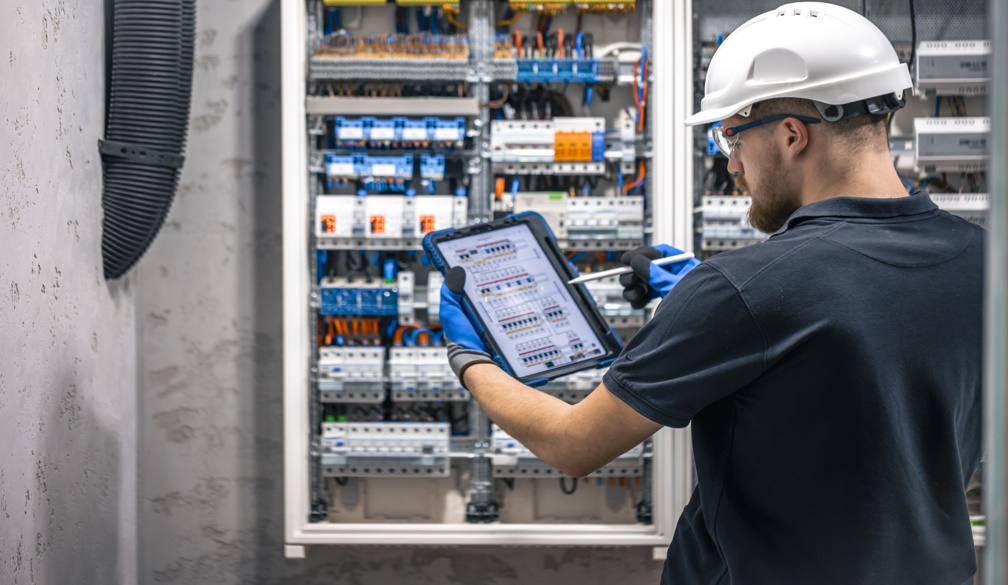Understanding Australian Electrical Compliance: Key to Workplace Safety

In Australia, workplace safety is a priority, particularly when dealing with electrical systems. Adherence to Australian electrical compliance is crucial for safeguarding employees, assets, and operations. The importance of complying with local standards cannot be overstated, as it ensures that electrical systems are both safe and functional. In addition, employers must pay close attention to specific safety protocols, including arc flash analysis, arc flash hazard analysis, and mitigation techniques, which help prevent serious injuries and equipment damage in case of electrical faults.
Understanding Arc Flash and Its Dangers
An arc flash is a dangerous electrical event that occurs when an electrical fault results in an explosion of energy, often in the form of a flash of light and heat. This can cause severe burns, injuries, and even fatalities. Arc flash hazard analysis is a process used to evaluate the potential risks associated with arc flash events. The analysis identifies areas in a facility where arc flash incidents are likely to occur and determines the level of protection required for personnel working in those areas. The danger of an arc flash is not only the immediate physical harm it can cause but also the potential for long-term damage to the facility. An arc flash can lead to equipment failure, fires, and significant downtime, which can disrupt operations. Therefore, businesses must be proactive in assessing the risk of an arc flash event and take necessary precautions.
Why Arc Flash Hazard Analysis is Critical
Arc flash hazard analysis and mitigation is a crucial part of the electrical safety process in any workplace that operates high-voltage equipment. By conducting this analysis, companies can assess the potential hazards of electrical systems and identify areas where protective measures need to be enhanced. This analysis involves calculating the available fault current, the duration of the fault, and the distance between workers and the potential arc flash event.
Without proper analysis, employers may not fully understand the risks their workers face when working with or near electrical systems. Conducting arc flash hazard analysis ensures that organizations are aware of the hazards and can implement effective control measures. This includes labeling electrical panels with arc flash warning signs, providing personal protective equipment (PPE) to workers, and ensuring proper maintenance of electrical systems.
Mitigation Strategies to Prevent Arc Flash Incidents
Once the risks associated with arc flash are identified through hazard analysis, the next step is arc flash mitigation. This refers to the steps taken to reduce the likelihood and severity of arc flash incidents. Effective mitigation strategies include:
Installing equipment with arc-resistant features that prevent or contain arc flashes.
Implementing engineering controls such as protective relays, fuses, and circuit breakers that can detect faults and disconnect power before an arc flash occurs.
Providing workers with appropriate PPE, including flame-resistant clothing, face shields, and gloves, to protect them from the intense heat and potential shrapnel from an arc flash.
Regularly reviewing and updating electrical systems to ensure they remain compliant with the latest safety standards.
Training is also an essential aspect of arc flash mitigation. Workers should be educated on the risks of arc flash events, how to recognize potential hazards, and how to use PPE effectively. Proper training and awareness help workers reduce the chances of encountering an arc flash and protect them in case one occurs.
Compliance and Safety Standards in Australia
In Australia, several standards and regulations govern electrical safety, including those related to arc flash analysis and mitigation. The most relevant standards include:
AS/NZS 3000: Known as the "Wiring Rules," this standard provides guidelines for electrical installations in buildings and structures.
AS/NZS 4836: This standard provides guidelines for electrical safety in the workplace, including arc flash risks and the requirements for hazard analysis and mitigation.
Adhering to these standards is not only a legal requirement but also a best practice for maintaining a safe work environment. Regular inspections, audits, and maintenance of electrical systems ensure that businesses remain compliant and workers are protected from electrical hazards.
Conclusion: Protecting Your Workplace from Arc Flash Hazards
Australian electrical compliance is more than just a legal obligation – it's an essential part of creating a safe working environment. By understanding the risks associated with arc flash and implementing proper arc flash hazard analysis and mitigation strategies, businesses can protect their employees and assets from potential harm. Regular assessment, training, and the use of protective equipment are all crucial elements in ensuring electrical safety.
For organizations, the importance of Australian electrical compliance cannot be understated. By staying up to date with the latest standards and actively working to prevent arc flash incidents, businesses not only comply with the law but also foster a culture of safety that benefits everyone.











